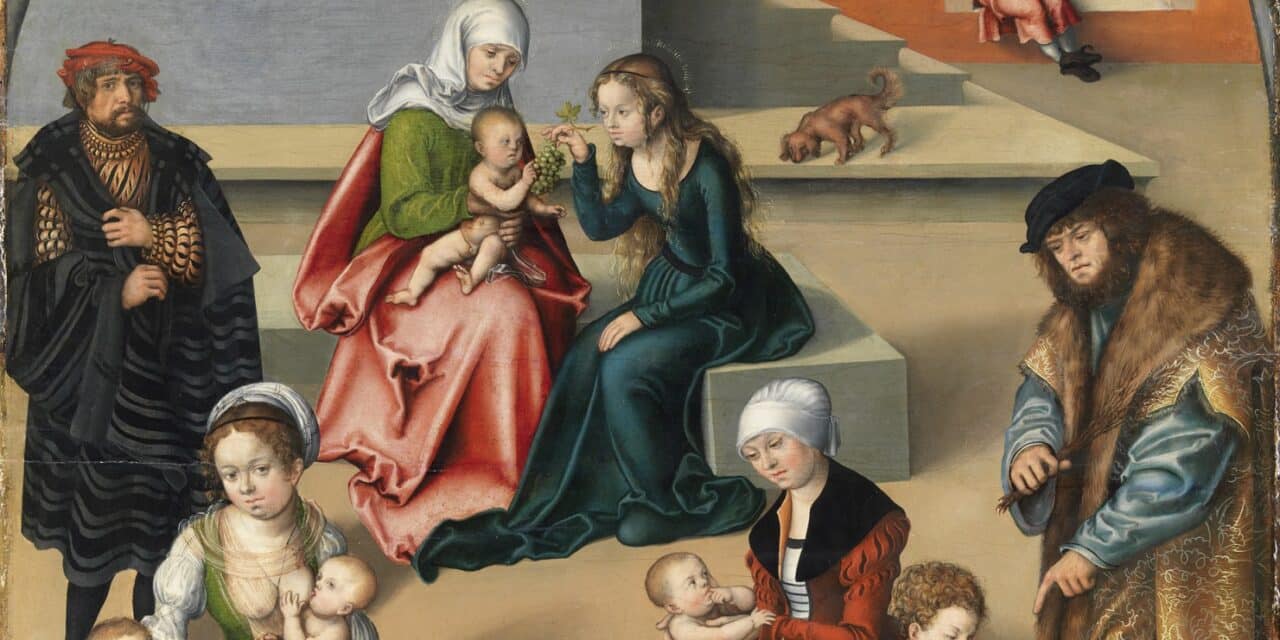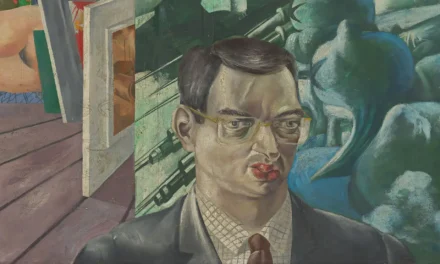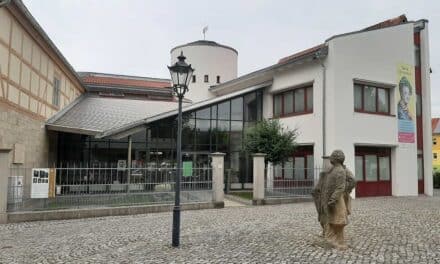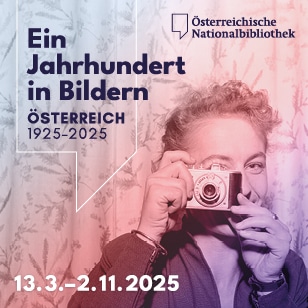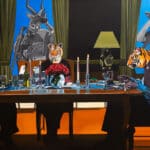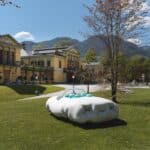Im 2023 eingeführten Format „Die Sammlung betrachten…” werden neben den Highlights aus der Sammlung der Gemäldegalerie – von Bosch bis Rubens – auch Werke zu sehen sein, die sich auf das ebenfalls jüngst eingeführte Format des Inserts beziehen. Dazu zählen beispielsweise Pieter de Hoochs Bildnis einer Delfter Familie oder Würfelspielende Knaben von Bartolomé Esteban Murillo. In den Inserts setzen sich zeitgenössische Künstler_innen mit den historischen Kunstsammlungen der Akademie auseinander. Als zweiter in der Reihe wurde der in Montreal lebende österreichische Künstler Klaus Scherübel geladen.
Ausgehend von seinen im museologischen Genre des Period Room situierten Installationen und anderen konzeptionell verwandten Arbeiten, in denen Aspekte des Bildes, der Publikation, der Skulptur, der Architektur und des Dispositivs der Ausstellung miteinander in Beziehung treten, beschäftigt sich Klaus Scherübel in seinem aktuellen Projekt für die Kunstsammlungen mit dem Darstellungsmodus von Raum und Architektur in Verbindung mit Fragen der künstlerischen Selbstdarstellung und Strategien der Produktivität am Beispiel eines Werks von Lucas Cranach d. Ä., einem der bedeutendsten Maler der deutschen Renaissance und Reformation.
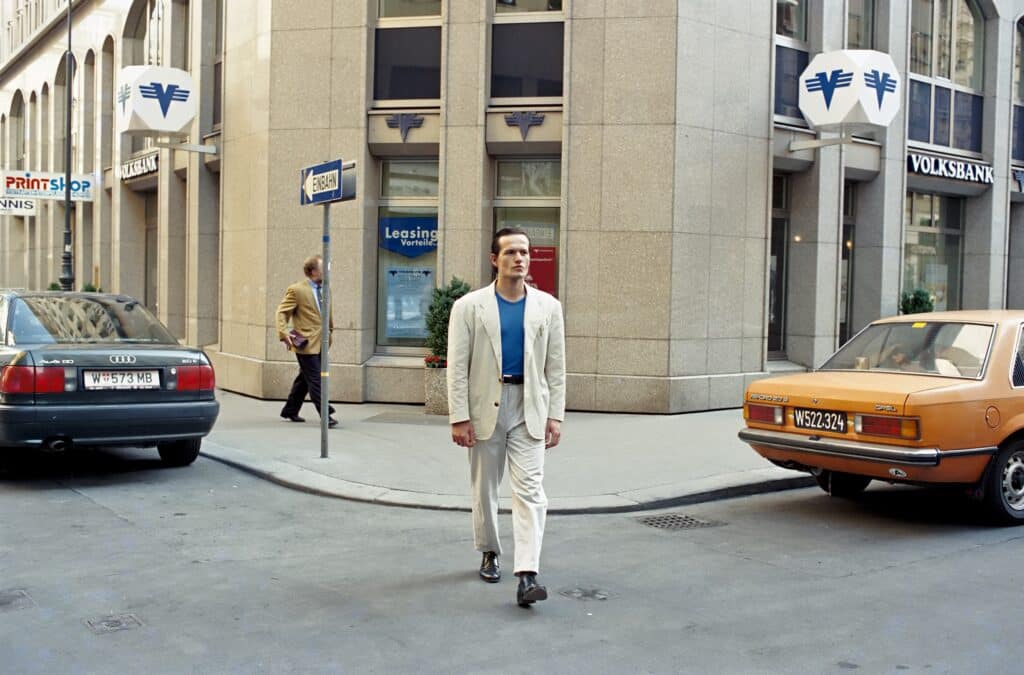
Klaus Scherübel, Untitled (The Artist at Work) # 1, 1994, Foto: Helmut Gausterer
Scherübel widmet sich konkret dem Gemälde Die Heilige Sippe (1510/1512) aus dem Sammlungsbestand der Gemäldegalerie, welches Cranach anlässlich der Heirat mit der Patriziertochter Barbara Brengbier geschaffen hat. Aufgrund der Ausgestaltung mit stark portraithaften Zügen zählt das Bild in der Kunstgeschichte zu den Sonderformen eines bis ins 17. Jahrhundert praktizierten Sujets. Cranach stellt darin sich selbst, seine Ehefrau und seinen Schwiegervater in den Rollen von Mitgliedern der heiligen Sippe dar. Von der unorthodoxen Verschränkung dieser zwei Familienportraits abgesehen, in der sich religiöse Thematik mit real gesellschaftlichen Verhältnissen und Interessen überlagert, interessieren Scherübel am genannten Bild vor allem die architektonische „Rahmung“ und das Setting, in welches die „heilige Sippe“ platziert wird. Daraus ergibt sich für ihn unter anderem die Frage, ob und auf welche Weise diese mit dem spezifischen Entstehungskontext des Bildes und Cranachs merkantiler Bildproduktion in Verbindung zu bringen sind.
26. Juni 2024 bis 16. Februar 2025
www.kunstsammlungenakademie.at

